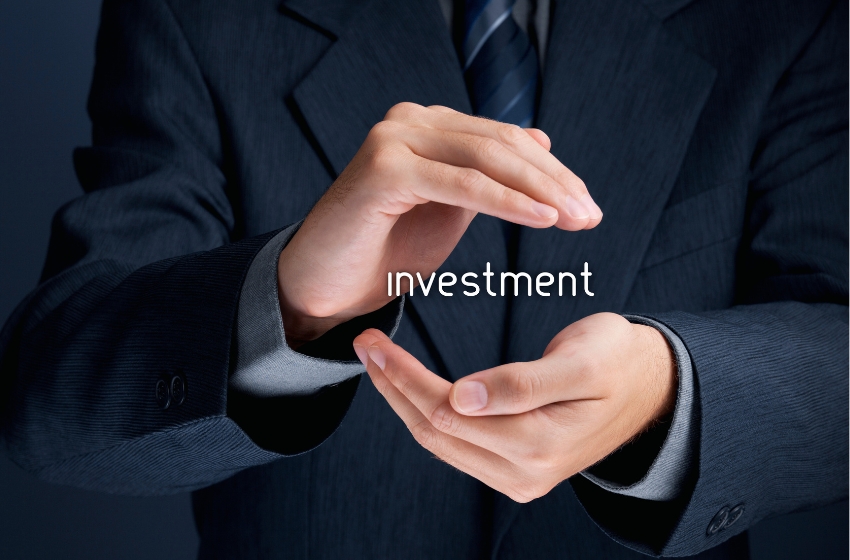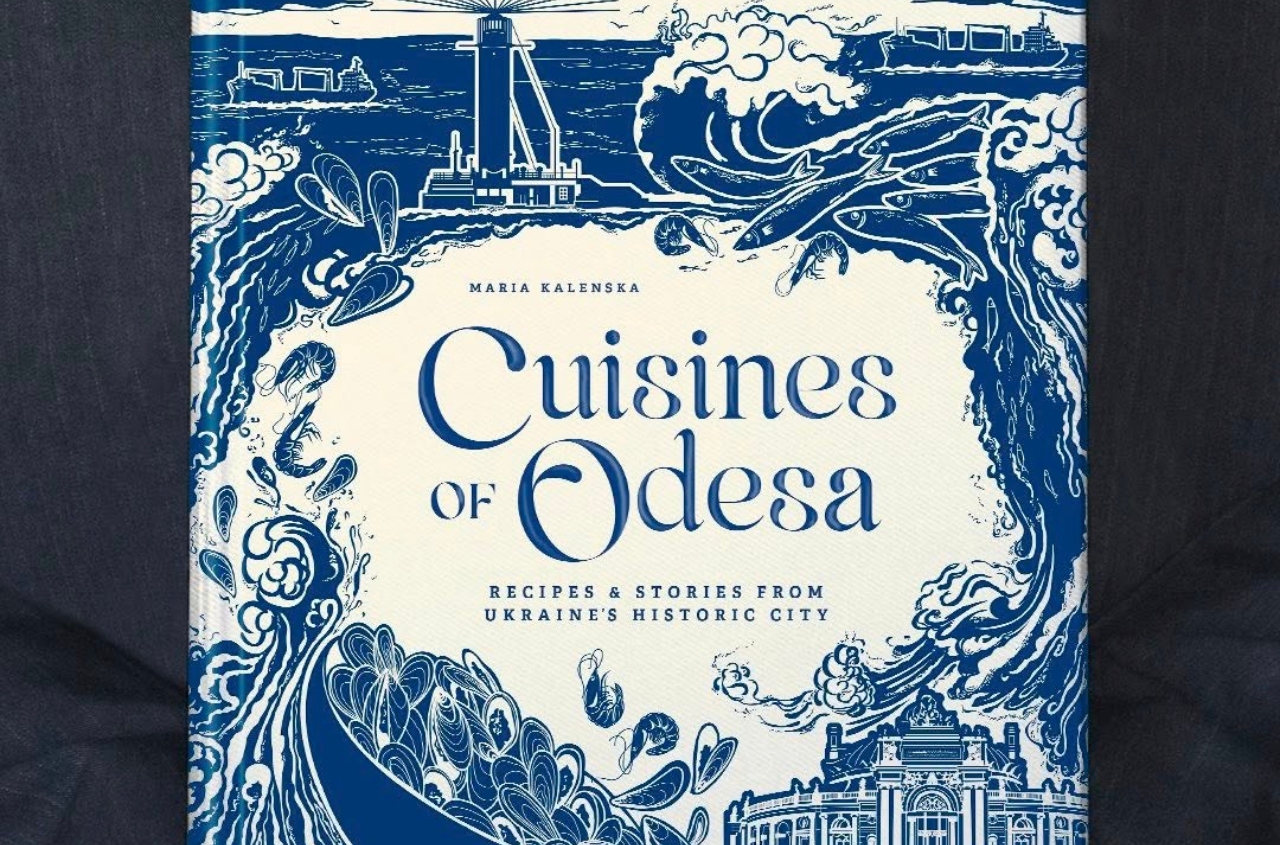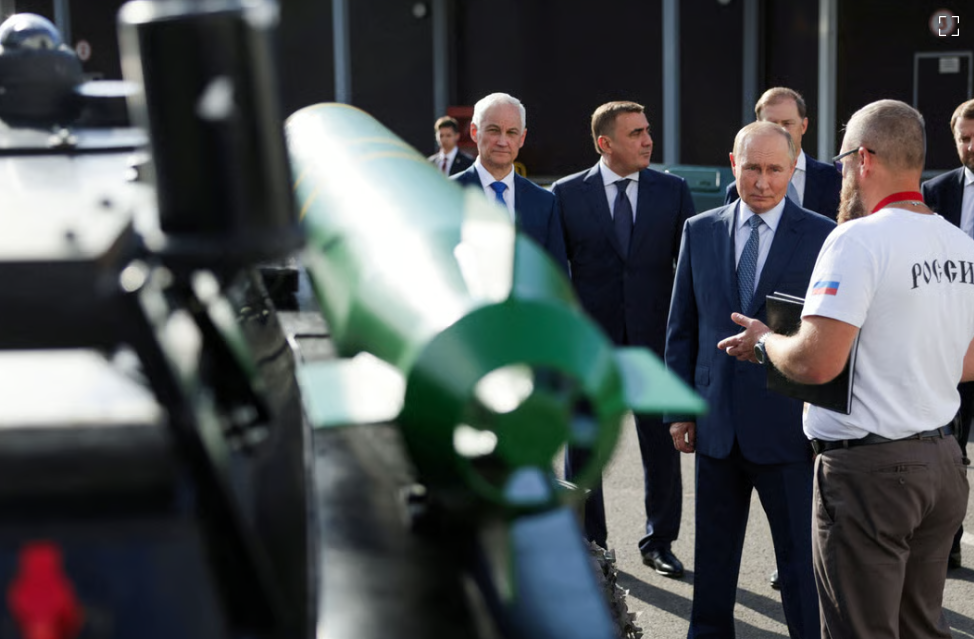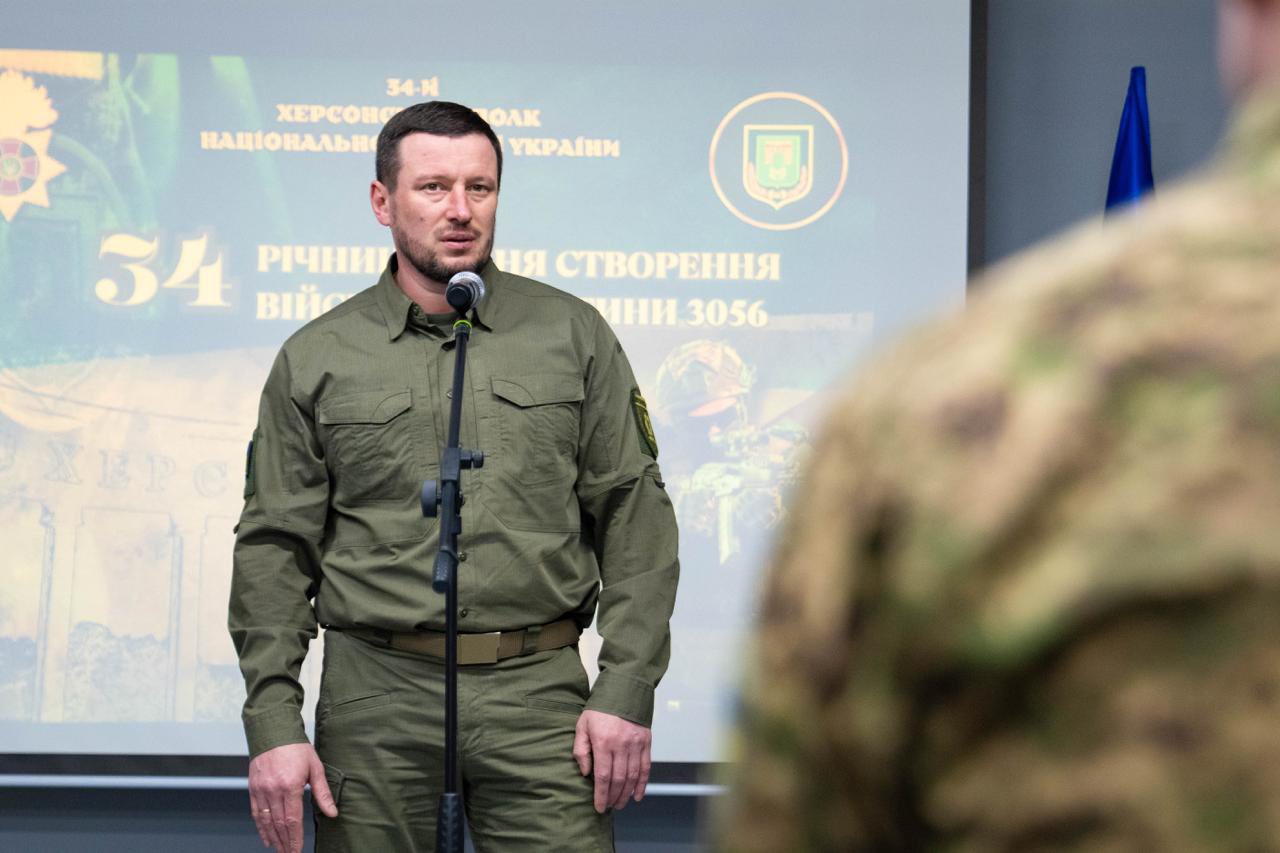By Alexey Kushch
During the war, despite significant business risks, there remain "windows of investment" in Ukraine.
Primarily, these relate to development areas closely tied either to structural transformations of the economy (for example, the defense-industrial complex) or to "anchor projects" that will hold value in any era.
For example, Ukrainian businessman and billionaire Vasyl Khmelnytsky continues to develop the flagship projects of his business group — the industrial park Bila Tserkva and the innovative cluster UNIT.City.
These are already elements of a cluster economy and show all signs of promising development.
These clusters develop value chains, create jobs, and demonstrate potential.
And although the war is ongoing, the planning horizon for such projects is no less than 10–15 years.
Regarding "symbolic capital" and "anchor projects" — an example can be given of the combination of the digital economy and iconic real estate.
For instance, businessman Maksym Krippa is assembling a whole collection of such landmark objects in Kyiv: the business center "Parus," the "Ukraine" hotel, and the International Exhibition Center (IEC).
All these assets are connected to Krippa’s global digital group: NAVI, GSC Game World, Maincast.
In the future, this portfolio is expected to become an "anchor asset," not only for an individual business empire but for the capital as a whole, transforming Kyiv into a center of digital tourism.
The digital business format allows scaling its audience (consumers) and raising its capitalization to a fundamentally new level.
The synergy of iconic tangible assets and a modern digital economy should ensure the overall success of the business project.
The American-Ukrainian "drone deal" is shaping a modern, innovative defense-industrial high-tech hub in Kyiv.
And not only the USA but other countries are ready to buy Ukrainian drones and study drone technologies enhanced by AI processing projects.
After the war, such projects could support the country’s export potential with a high level of added value and attract private capital, including foreign investment.
This is not a raw-material economy model but an innovative one with broad value-added chains.
Under these conditions, state programs for insuring military risks could support the investment track.
In particular, the EBRD finances projects for portfolio risk distribution. The IFC has also launched a project to insure war risks.
The service sector now accounts for more than 70% of the economy and roughly the same share of employment potential.
In this context, one can recall the successful business of Olga Kopylova, founder of the Chornomorka restaurant chain, which operates in many cities during the war — paying taxes, donating, and creating jobs.
Thus, while foreigners hesitate, Ukrainian business is creating new projects in Ukraine, continuing operations even in territories close to the frontline.
Overall, besides benefiting the economy, such projects create a "positive example" effect.
That is, they become indicators of success during war and the possibility to realize entrepreneurial ideas despite risks.
This also forms a layer of headline businessmen who do not "sit on deposits" but invest in their country’s economy.
Ultimately, this will become a marker and example of investment both for the population and for foreign investors.



















